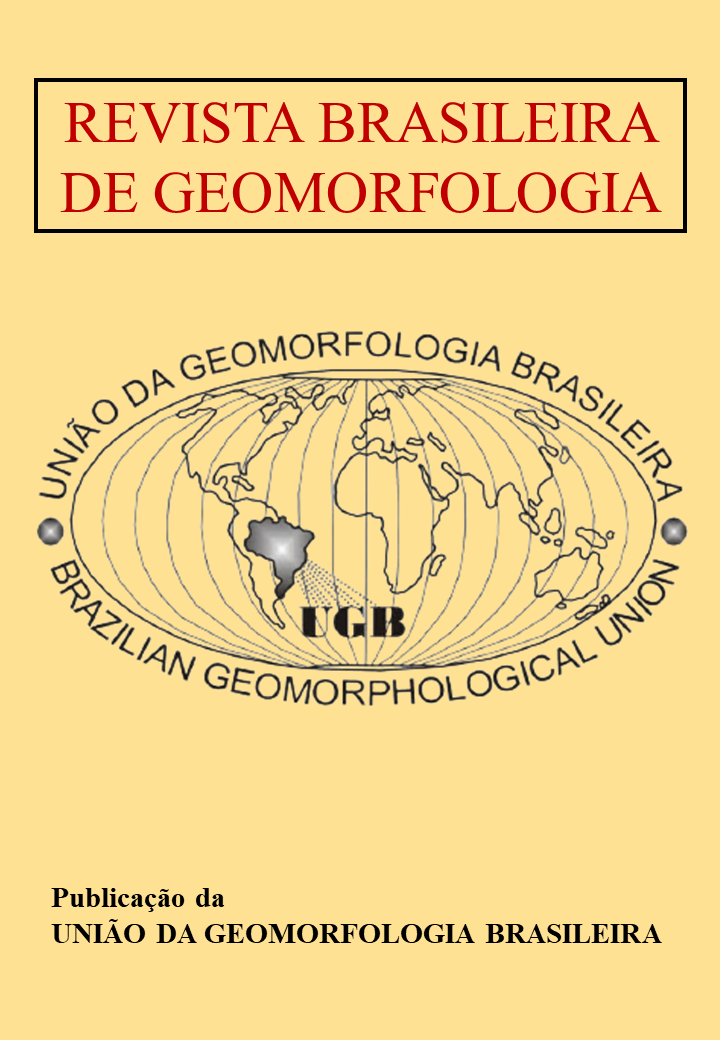Landslide Susceptibility Modeling Using Artificial Neural Networks in the Municipality of Joinville, southern Brazil
DOI:
https://doi.org/10.20502/rbg.v25i4.2513Keywords:
Disaster Prevention, Machine Learning, Landslide SusceptibilityAbstract
Assessing landslide susceptibility in a municipality is crucial for disaster prevention, and Artificial Neural Networks (ANN´s) have proven effective in this analysis. This study aimed to model landslides susceptibility in the municipality of Joinville, Santa Catarina state, southern Brazil, using ANNs. The municipality has a significant history of such events, allowing for an inventory of occurrence areas (OC) through polygon mapping on satellite images. For non-occurrence areas (NO), a 1 km radius buffer was used, subtracting OC from it. Random points were generated at 10 m intervals, with a value of 1 for OC and 0 for NO. The explanatory variables were divided into three groups: (i) morphometric variables, (ii) horizontal distances to roads and structural lineaments, and (iii) geo-environmental cartographic databases. Five ANN´s configurations were tested. Validation employed metrics such as area under the ROC curve (AUC) and overall accuracy (ACC), with the best modeling yielding an AUC of 0.90 and ACC of 0.84. This result utilized all explanatory variables except land use and cover, which caused a slight bias in the ANN due to the predominance of landslides in forested areas in the inventory. Geology played a crucial role in determining susceptibility.
Downloads
Downloads
Published
How to Cite
Issue
Section
License

This work is licensed under a Creative Commons Attribution-NonCommercial 4.0 International License.
Author (s) retain copyright and grant the journal right of first publication with the work simultaneously licensed under the Creative Commons Attribution License that allows sharing the work with recognition of its initial publication in this journal.








